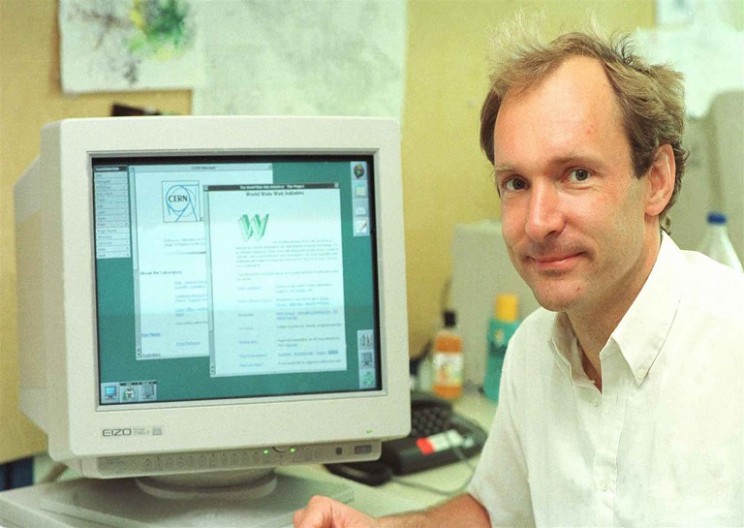Pioneers of Online

The web, the internet, and the general networked experience is so pervasive today that it is counterintuitive to most digital natives to closely examine the history of their everyday devices and services.
But like any technology, the networked world has its own pioneers, inventors, and instigators. Here's an overview of some of the most important figures in the history of the web, and the technology that led to it.
- Ada Lovelace
Ada Lovelace was the daughter of Lord Byron and the protege of Charles Babbage, inventor of the Difference Engine and the Analytical Engine, considered to be the world's first (but unbuilt) computers. Ada had a keen analytical and mathematical mind, and spent her short life immersed in Babbage's plans and theories. In her landmark article "Notes" on the Analytical Engine, Ada described the mechanical sequence to derive a certain set of numbers, which is considered to be the first ever computer program. Ada was essential in explicating the theory behind Babbage's inventions, communicating the possibilities of the engines beyond simple calculation.
- Norbert Wiener
Norbert Wiener was a former child prodigy who graduated college at 14. In his adult life, he was most famous for inventing the field of cybernetics, which he stated to be "the scientific study of control and communication in the animal and the machine." This field was rapidly popularized during World War II to present a holistic, interdisciplinary view of examining the function and design of any system or field, focusing on how elements of a whole gather, process, and react to information. The principles of cybernetics were adopted by technologists in the 20th century.
- Claude Shannon
Claude Shannon was the founder of information theory and one of the most important people in the field of early computer science. During the second world war, Shannon joined Bell Labs to work on cryptography and signal systems. In 1948, his landmark paper "A Mathematical Theory of Communication" was published by Bell Labs and detailed his extensive work establishing information theory as its own discipline that would come to be central to 20th-century technology. It was Shannon's work that established the word "information" to specifically refer to data able to be encoded by technology, and set the foundation for all computer development.
- Grace Hopper
Grace Hopper was a Navy mathematician during World War II who programmed some of the earliest military computers at Harvard, the Mark I. After the war she worked on the first commercially available computer, the UNIVAC, and invented the first compiler. She was an advocate for automatic programming, believing early on when no one else did that computers should be able to be programmed by a language other than binary or octal code, allowing people other than mathematicians and professional data manipulators to use the machines. This led to her spearheading the development of COBOL, one of the first high-level programming languages.
- Douglas Engelbart
Douglas Engelbart was an American scientist and engineer who decided, in the 50s, to focus on making the world a better place. This led to his development of the first hypertext demonstration at Stanford in 1968, the "Mother of All Demos." Engelbart was a pioneering thinker who predicted and laid the foundations for commonplace contemporary technologies such as videoconferencing, realtime collaboration, the computer mouse, the GUI, and more. At Stanford's Augmentation Research Center, he focused on improving ways to harness the collective human intellect of the whole planet, anticipating networked communication and culture.